From flat tires to dead batteries, car trouble is unpredictable. And if you are well-versed in Murphy’s law, you know that car emergencies like blowouts, breakdowns and running out of gas tend to happen when conditions aren’t exactly ideal.
You never know what the time, location or weather conditions will be like when you find yourself stuck or in need of help. To maintain a sense of comfort and security on the road, there are certain things to keep in your car that could helpful in an emergency or in a pinch.
Aside from keeping the AAA Roadside Assistance number handy (1-800-AAA-HELP) or downloading the AAA Mobile app to request and track roadside assistance in minutes, a well-stocked car could be a lifesaver while waiting for help to come or for temporary fixes before getting your car to the service station.
Things To Keep In Your Car – Emergency Safety Kit
You can assemble your own emergency safety kit or purchase one. AAA emergency kits come in all different sizes and are sold at most AAA stores. They can also be found at many auto stores, Target and online. When buying a kit, it is a smart idea to supplement it with extra items, especially those that are specific to your car and personal needs. If you have kids, there are a few extra items you should always keep on hand.
- A waterproof bag to hold everything, preferably with a reflector or reflective strip.
- Flashlight with extra batteries (keep batteries separate).
- Three reflective warning triangles and reflective vest. Many kits come with only one reflective warning triangle. The Safety department at AAA Northeast recommends three, to be placed around the perimeter of the car. This increases a stalled car’s visibility and the reaction time of traffic.
- A small toolkit including a two-in-one screwdriver, pliers and wrench.
- Jumper cables.
- First-aid kit including vinyl or latex gloves. Most of the first-aid kits in preassembled purchased kits are very basic; buy a separate, fully-stocked first-aid kit to be better prepared. Also, be aware the many emergency kits count every band aid and small first-aid item as part of their total piece count.
- Tire changing tools: jack, lug wrench, flat board, and wheel chock.
- Empty gas can.
- A blanket to keep warm if you are stuck in the winter with no heat.
- A small shovel so that you are always prepared to dig away snow from the wheels.
- Rain poncho.
- Bottled water and nonperishable food items.
- Extra medication in case you are stuck in one place longer than expected.
- If you’re handy, duct tape, cable ties and assorted fuses (whichever is best for your car) are all useful tools to have on hand for quick fixes before the car is properly serviced.
- A small fire extinguisher can be helpful, but if your car is on fire, the best option is to get out quickly and call the fire department.
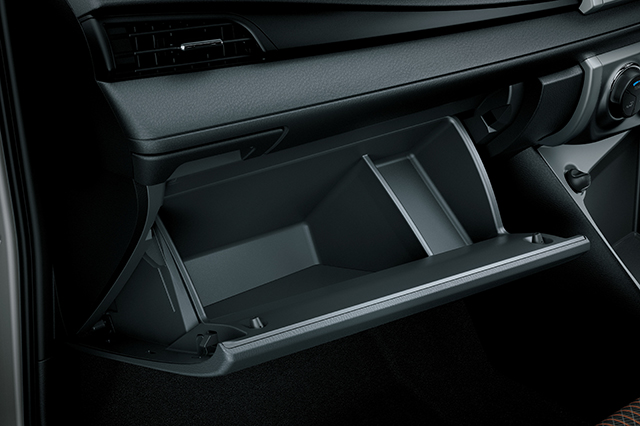
Things To Keep In Your Car’s Glove Compartment
Built into your vehicle’s dashboard, right over the front-seat passenger’s footwell, is an often underutilized space: the glove compartment. And at around 100 cubic inches, it’s important to maximize the little space you have.
We recommend using your glove compartment for items that are meant to be placed and forgotten about until you need them. It’s sort of like breaking the glass in case of an emergency, only without the glass.
- A bottle of antibacterial gel. You don’t have to be a germaphobe to be cognizant of the number of unhealthy particles floating around your door handles and steering wheel – especially after pumping gas.
- Pen. Not just for exchanging information in case of an accident, but a nearby writing utensil always seems to come in handy – and is never around when you need it.
- Registration and insurance card. Some will make the argument to keep your registration card in your wallet in case your vehicle is stolen, but it’s also smart to keep a copy in your glove compartment along with your insurance card. Everything might be computerized, but law enforcement will still require this information if you are pulled over or require their assistance. The last thing you want is to nervously swipe around your smartphone to find it.
- Napkins. You might stuff your center console with these, but it’s also smart to keep a few neatly folded in the glove compartment just in case. You never know when a spill is going to happen.
- ChapStick.
- Maps. We all love GPS, but technology can sometimes be quirky. An old-fashioned map, on the other hand, can do no wrong (unless it gets wet, of course).
- Gum and/or mints. Fresh breath rules!
- Tire gauge. Checking your tires regularly for any potential problems and proper pressure is essential to keep you and others on the road safe.
- Backup cellphone charger.
- A window punch/Lifehammer.
What do you think are the most important things to keep in your car? Tell us what you never drive away without in the comments.
Don’t forget to add AAA Roadside Assistance to your contact list (1-800-AAA-HELP) or use the AAA Mobile app to request assistance online.
4 Thoughts on “Essential Things to Keep in Your Car”
Leave A Comment
Comments are subject to moderation and may or may not be published at the editor’s discretion. Only comments that are relevant to the article and add value to the Your AAA community will be considered. Comments may be edited for clarity and length.





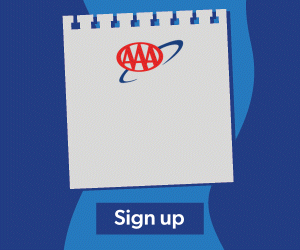
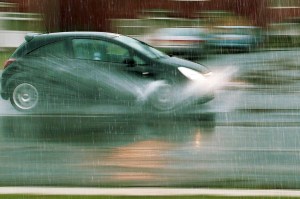
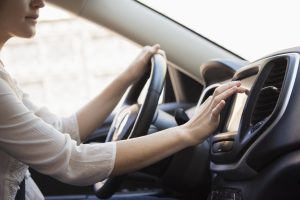




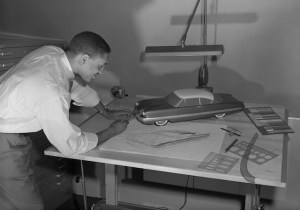




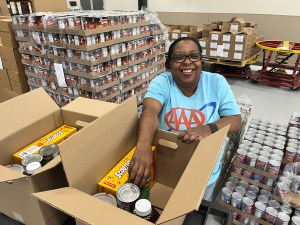
Please change to weekly …
No problem, Cecilia!
I’ve updated your settings so that you will only receive our weekly emails.
– Sarah
Good information, but Daily is wayyyy too frequent.
Hi Susan!
We’d be happy to change your preferences so that you’ll receive fewer emails from us.
Thanks! 😉